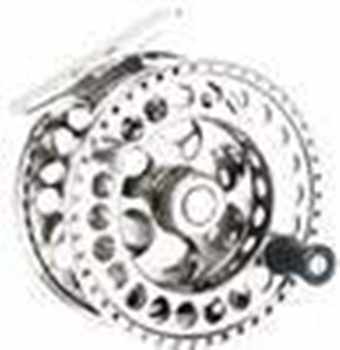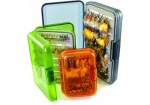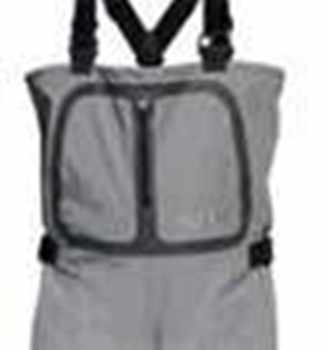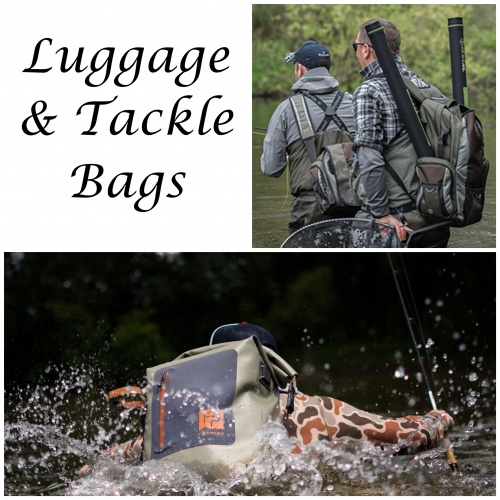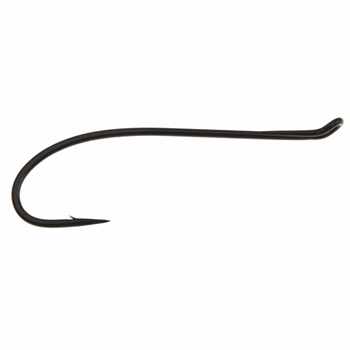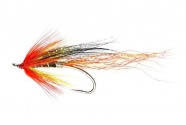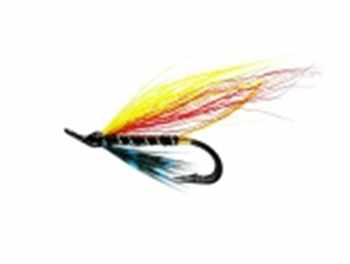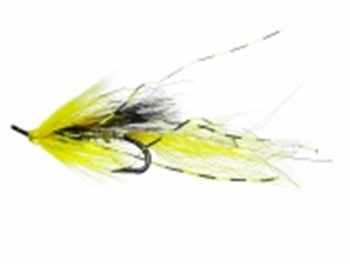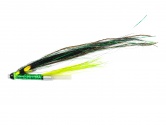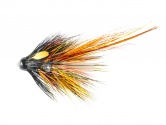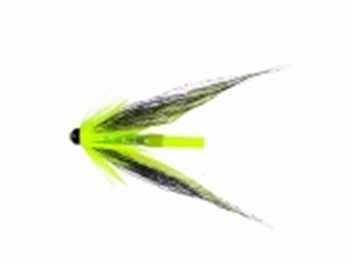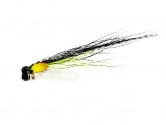What To Look For In A Salmon Fishing Reel
 For General Salmon fly fishing there are a few things to look for in a good salmon fly reel, here is our recommended checklist of features
For General Salmon fly fishing there are a few things to look for in a good salmon fly reel, here is our recommended checklist of features
Critical Salmon Fly Reel Features
-
Reel Balance - your reel should be balanced with your rod, except for spey when the capacity is critical to take the exttra length and diameter of spey lines. On Spey reels we tend to prefer a slightly heavier reel, often loading a 10 to 12 weight reel even on a 8 to 10 weight rod.
-
Good Drag Mechanism - make sure you have a good drag that will work in winter and all year. Traditional reels with cork Cork drag will freeze or provide varying drag as temperature increases. Ideally go for a fully enclosed drag system. The drag needs to handle hard runs and not free spool. Rulon appears to be one of the modern trends for drag now. In our opinion disc drag is the only way to go for salmon fly fishing.
-
Adequate Capacity For Backing - with large salmon runs we need to be prepared to have adequate capacity for potentially a large spey line with plenty of backing. Some reels like Greys GTS900 can have a capacity of 230m to 360m of backing suitable for even the largest of salmon runs.
Personal Fly Reel Features
Fly Line Noise - Of highly personal and subjective preference is reel noise, some fly fishermen love hearing the noise of a fly line personally we prefer silent reels always.
Reel Colour - Makes no difference to the fishing, however we prefer matt finish or black reels. Anything to avoid spooking a fish. The trend for modern fancy coloured fly reels is not to our fancy.
Salmon Reel Manufacture
There are two main manufacturing processes used to produce fly reels and some reels rely on a combination to achieve the finished product, each manufacturer has their own preferences based on product market position and price.
-
Die Cast Fly Reels – This is a mass production process that uses uses molten alloy poured or injected into a mould. This process is generally used in less expensive salmon fly reels. Introduced Hardy’s early in the 20th century allows cheaper reel production. Die casting allows manufacturers to produce mould shapes that would be impossible to create with a CNC machining process. Because of the moulding process dropping die cast reels onto a hard surface has occassionally seen them shatter! It is a cheaper manufacturing proscess
-
Fly Reel CNC Machining – A visit to the Hardy Factory in Alnwick to see cnc machining is astounding for a fly fisherman lucky enough to do this. Top fly reels are made from computer numerical control machining of bar stock aerospace grade aluminium, Greys for example use 6061 bar stock aluminium. The CNC machined components are then anodised to prevent corrosion making them resistant to saltwater. Typically fly reels machined this way are lightweight, very strong and will take a lot of punishment at the river and in transit.. With care and regular maintenance they should last a lifetime when cnc machined
Salmon Fly Reel Top Tips
-
If you have been fishing an estuary or got salt onto the reel strip it and wash thoroughly in fresh water as soon as possible Dry and check there is no salt residue if perfectly clean the rewash the reel before rechecking and finally repacking in your fishing kit.
-
We prefer to wash our reels after every trip, however every few trips your salmon fly reel should be cleaned with WD40 sprayed onto a cloth and use this to remove dirt and staining on the fly reel
-
Always release the drag fully before storing, especially if you have a traditional cork reel. You do not want the drag surface bonding to the reel because it was left fully tightened
-
Always keep your reel in a neoprene bag on boats and in your bag to avoid scratches and dents.






